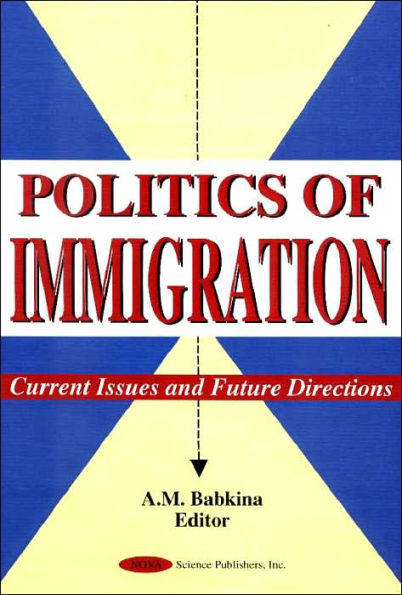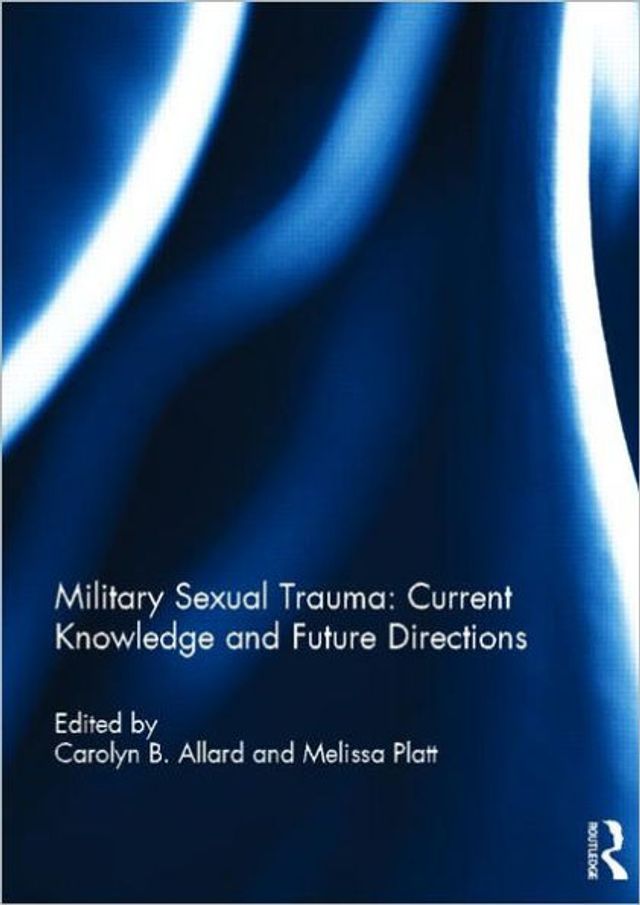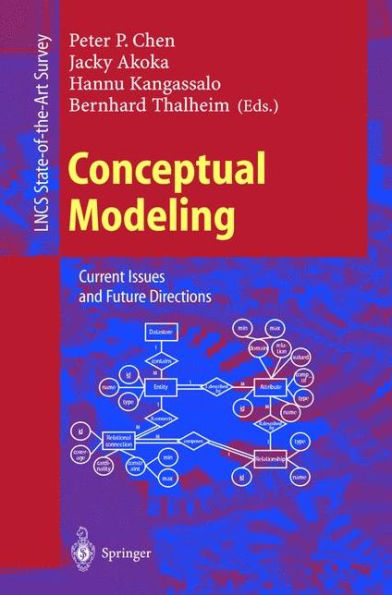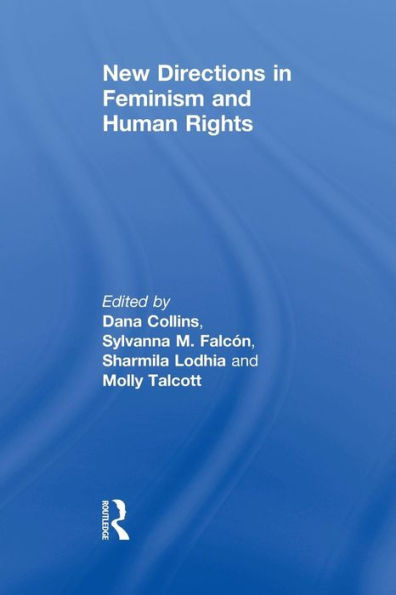Home
Quantitative Human Rights Measures and Measurement: Current Debates Future Directions
Barnes and Noble
Quantitative Human Rights Measures and Measurement: Current Debates Future Directions
Current price: $180.00
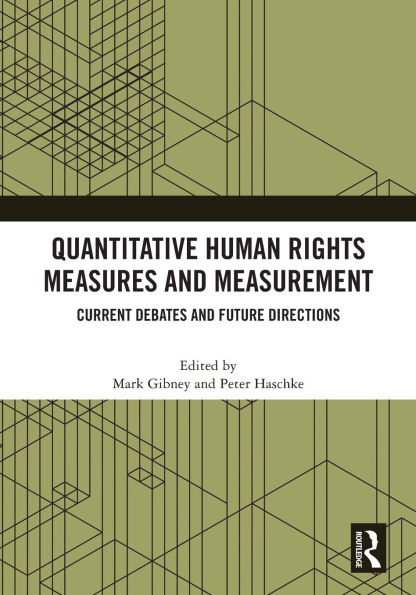

Barnes and Noble
Quantitative Human Rights Measures and Measurement: Current Debates Future Directions
Current price: $180.00
Size: Hardcover
Loading Inventory...
*Product information may vary - to confirm product availability, pricing, shipping and return information please contact Barnes and Noble
In this edited volume, leading experts of human rights measurement address the challenges scholarship of human rights face as well as explore approaches and means to overcoming them.
The book seeks to further answer three specific and related questions. First, what do existing measures of human rights conditions tell us about the state of human rights? Are conditions improving or deteriorating? Second, how might scholars improve their measurement efforts and observe states’ human rights practices given efforts by governments to hide human rights abuses and to make them essentially “unobservable”? Finally, what challenges might scholars encounter in the future as the conceptualization of human rights develops and changes, and as new methods and technologies (e.g., natural language processing, machine learning) are introduced into the study of human rights?
This book will be of interest to students and scholars of human rights politics, power, development, and governance. The chapters in this book were originally published as a special issue of
Journal of Human Rights.
The book seeks to further answer three specific and related questions. First, what do existing measures of human rights conditions tell us about the state of human rights? Are conditions improving or deteriorating? Second, how might scholars improve their measurement efforts and observe states’ human rights practices given efforts by governments to hide human rights abuses and to make them essentially “unobservable”? Finally, what challenges might scholars encounter in the future as the conceptualization of human rights develops and changes, and as new methods and technologies (e.g., natural language processing, machine learning) are introduced into the study of human rights?
This book will be of interest to students and scholars of human rights politics, power, development, and governance. The chapters in this book were originally published as a special issue of
Journal of Human Rights.


